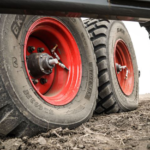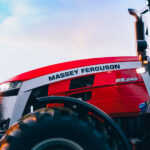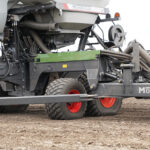The Sunflower 6830 Series: A New Era in Tillage
With wet conditions impacting much of the corn and soybean-producing areas of Minnesota and Iowa, it has been tough to perform effective tillage. However, last week, the clouds parted for a few days and gave way to fair tillage conditions...
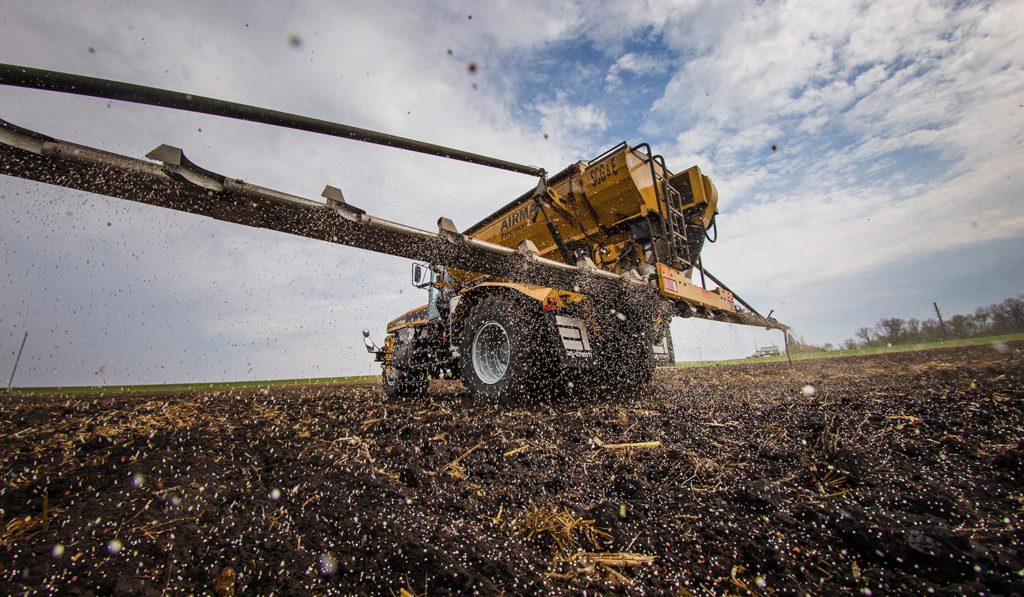
The Sunflower 6830 Series: A New Era in Tillage
With wet conditions impacting much of the corn and soybean-producing areas of Minnesota and Iowa, it has been tough to perform effective tillage. However, last week, the clouds parted for a few days and gave way to fair tillage conditions...With wet conditions impacting much of the corn and soybean-producing areas of Minnesota and Iowa, it has been tough to perform effective tillage. However, last week, the clouds parted for a few days and gave way to fair tillage conditions before the rains returned. During this time, I took the New Sunflower 6830 High-Speed Rotary Finisher for a trip across 230-bushel corn planted in the 36,000 to 39,000 plant population. I was very impressed with the tool’s performance in both sizing and mixing residue.
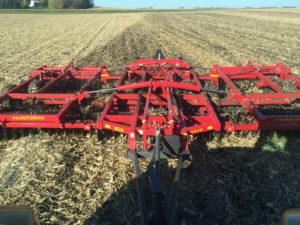
The corn was harvested using a chopping corn head. Highest-yielding corn was in the range of 240 bushels with an average yield of 203. Row spacing was planted on 30-inch rows. Very soft field conditions were present during harvest leaving ruts 4 to 6 inches deep where the harvester and grain cart was run. Operating speed of the tool was at 11.5 mph. The depth of the 6830 was set and checked at 4 inches. The width of this unit was 29 feet. 11.5 mph x 29 feet = 333.5/8.25 = 40.43 acres per hour. The Sunflower 6830 was pulled with a Challenger 855E tractor, which burned 17 gallons per hour during this operation.
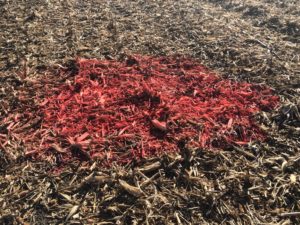
I took a 5-foot by 6-foot area and painted it with marker paint to give a visual of the chopping, sizing and mixing the residue mat left on the soil surface.
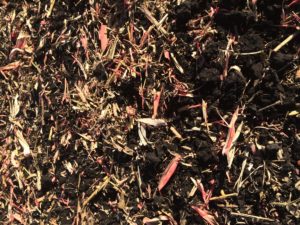
In the above picture, you can see the extraordinary job the Sunflower 6830 did in chopping, sizing and mixing the residue mat. In some areas of the country, this single pass will provide a sufficient job in allowing the residue to be broken down prior to the next planting season. Although difficult to see, this picture was taken directly in the wheel track seen in the first picture of the painted residue. Not only were the residue and soil mixed, but also completely leveled a 4-inch rut left by the combine.
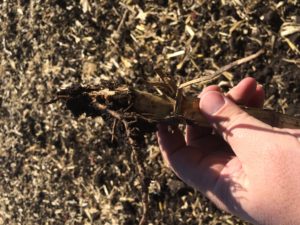
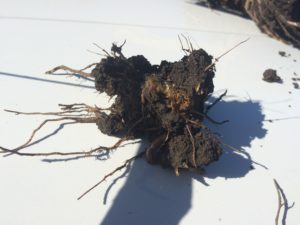
These pictures show the tool’s ability to manage the root mass that is left and needs to be managed before further tillage or planting the next crop. Not only are we managing the surface residue, but also the below-surface residue. The sooner we can start the incorporation of this residue with the soil and its many helpful microorganisms, the faster that residue can start the decomposition process.
I’m lucky enough to run several of these Sunflower tools. Sunflower 6830 High-Speed Rotary Finisher is one of the only tools that can prepare a seedbed in the spring by leaving a level seedbed to plant into. It can also perform the act of residue management in the fall and succeed at both.
Justin Remus
AGCO Product Specialist
I studied agronomy at South Dakota State University. I have several years of experience working with students, growers and my own family farm to develop practices that work in the real world.
Currently, I cover territories in Minnesota and Iowa for the AGCO Corp working on several projects related to the 2017 AGCO Crop Tour. In addition, I have been working with several of the new tools that AGCO has brought to market in the past 12 months; the White Planter 9800VE Series and the Challenger 1000 Series.
Visit http://agcocropcare.com/ for more information.

